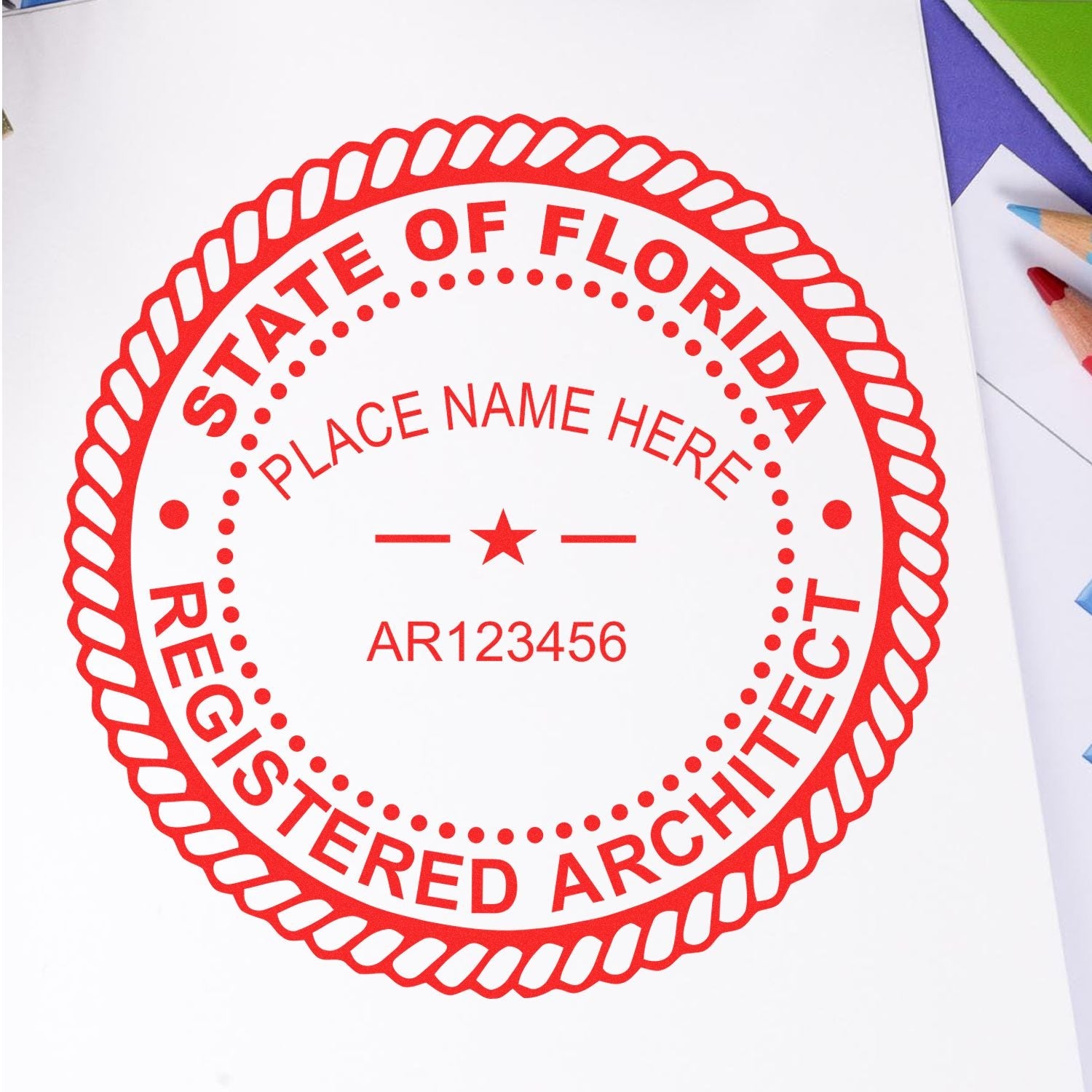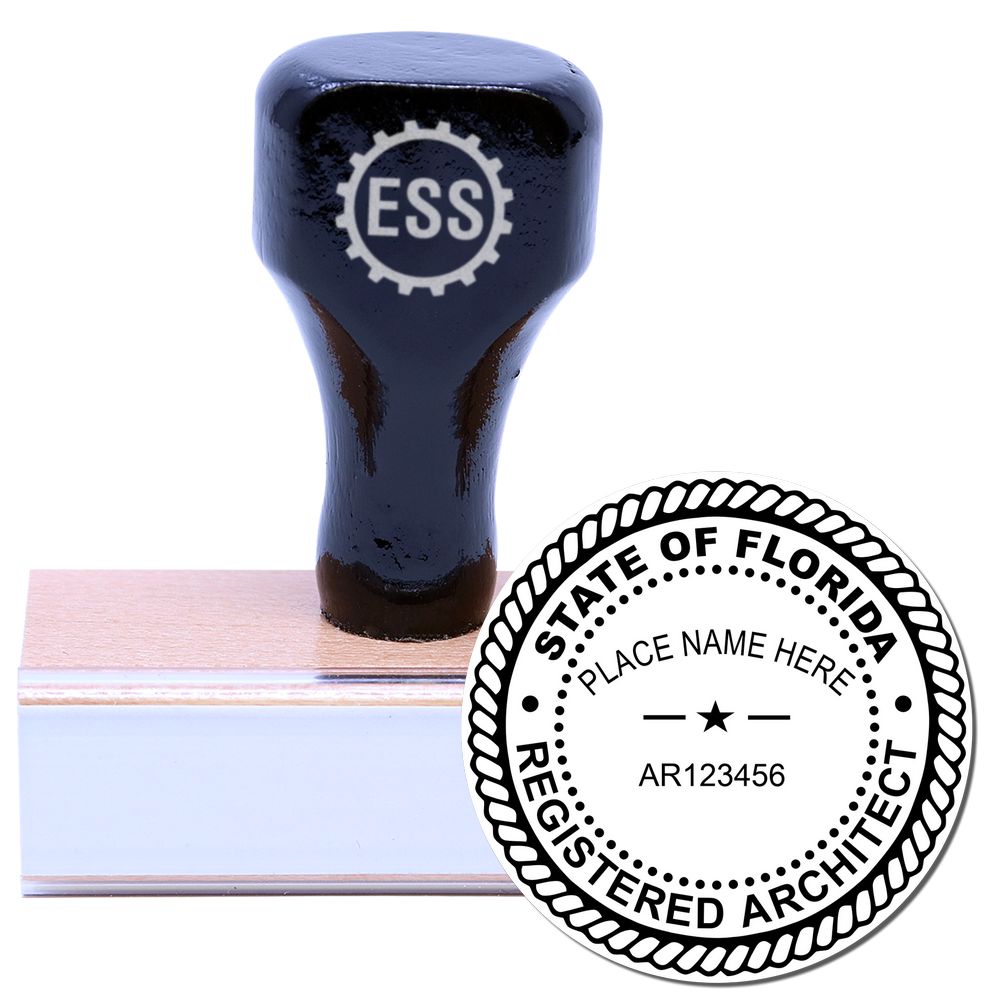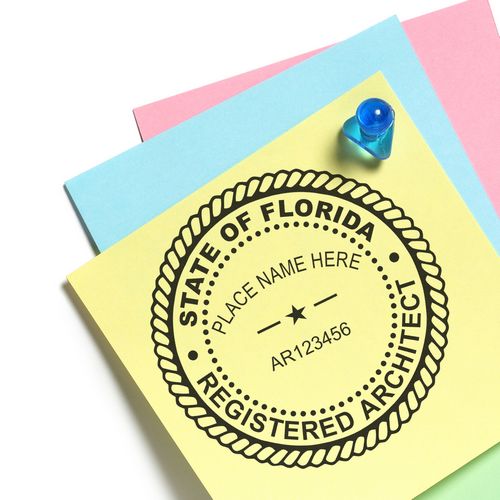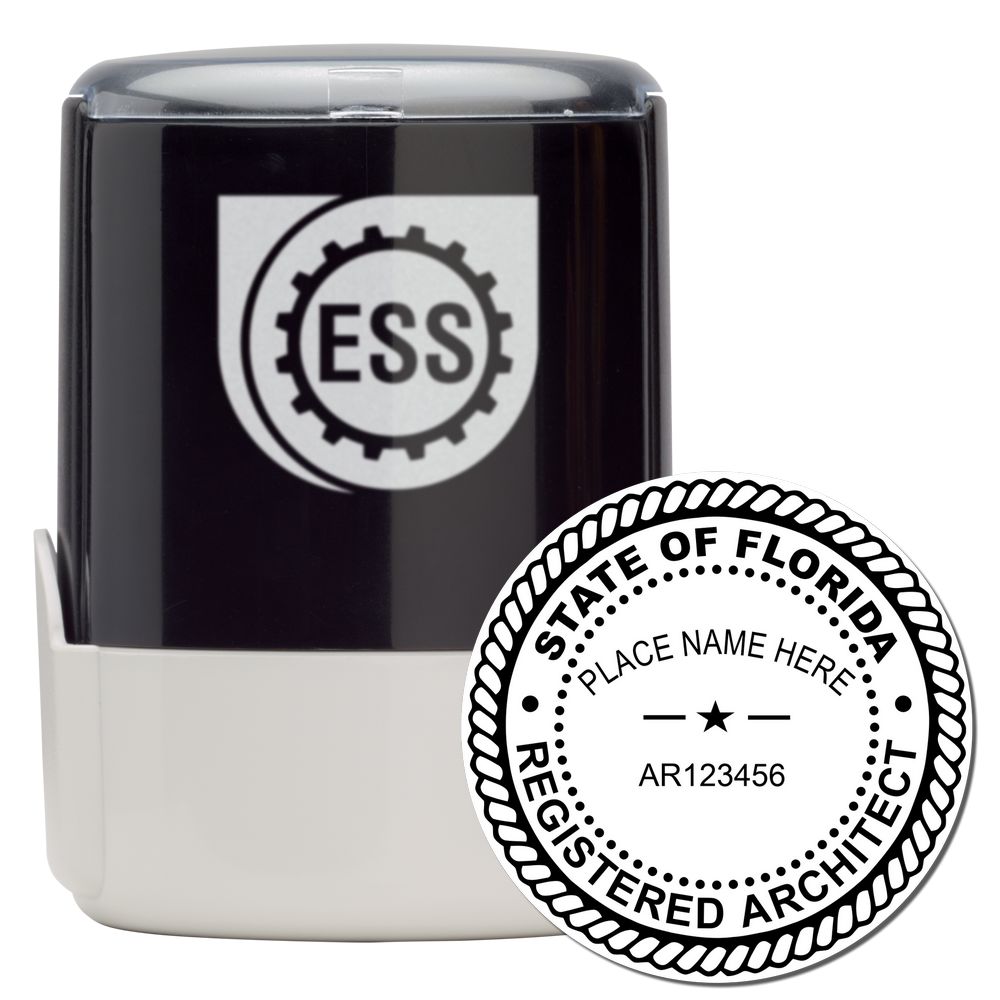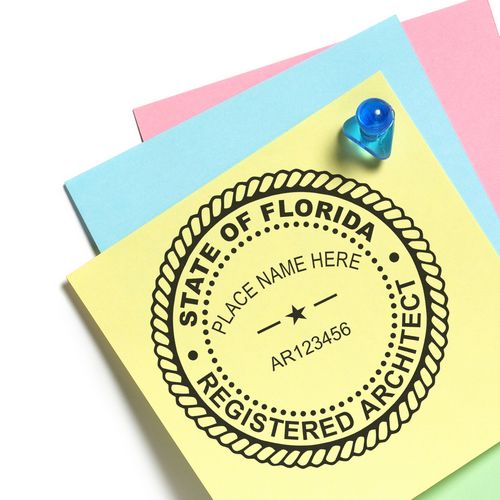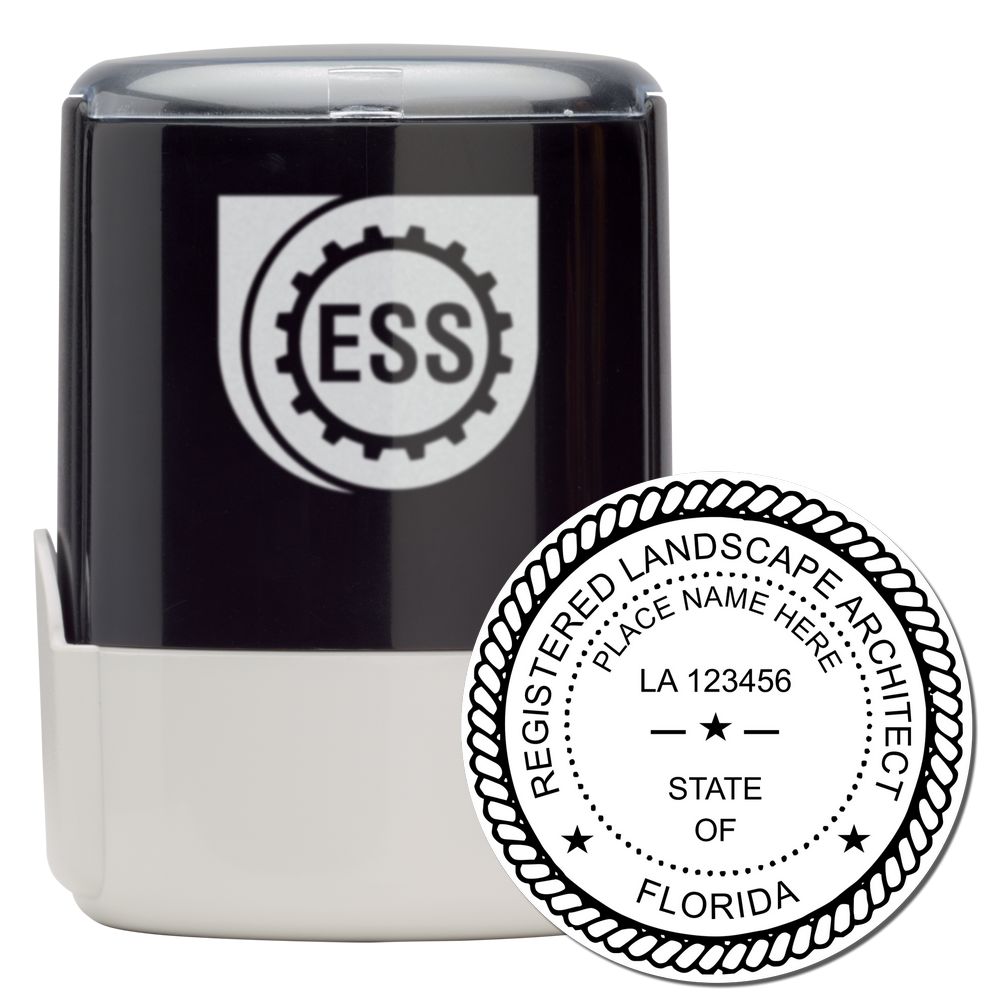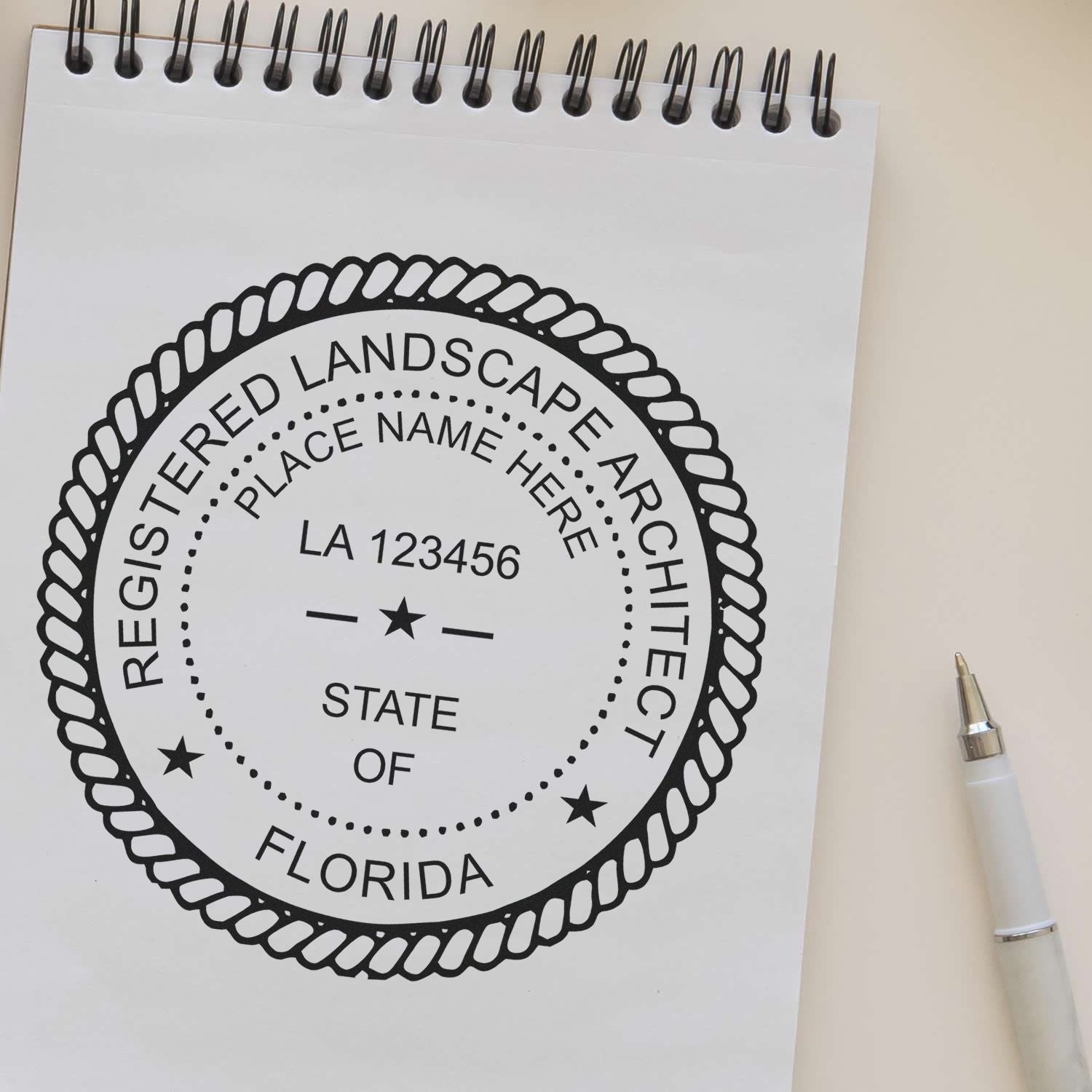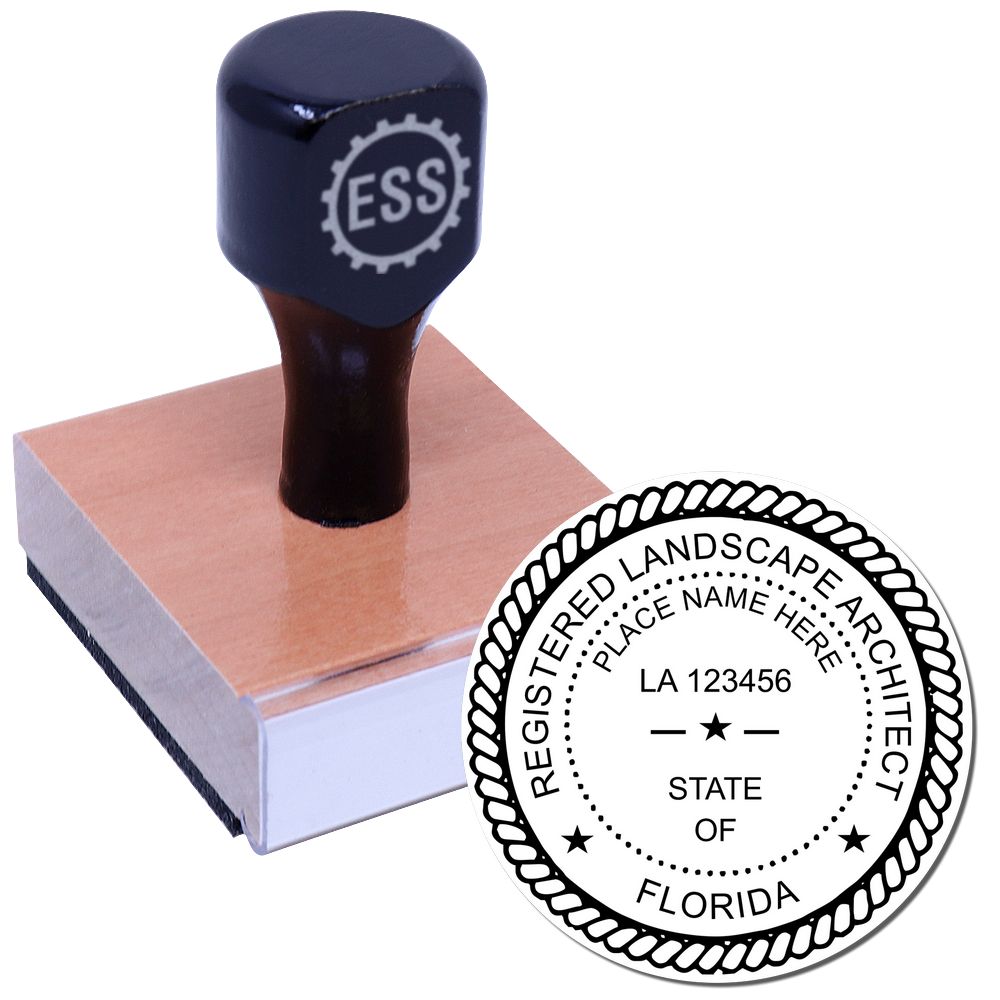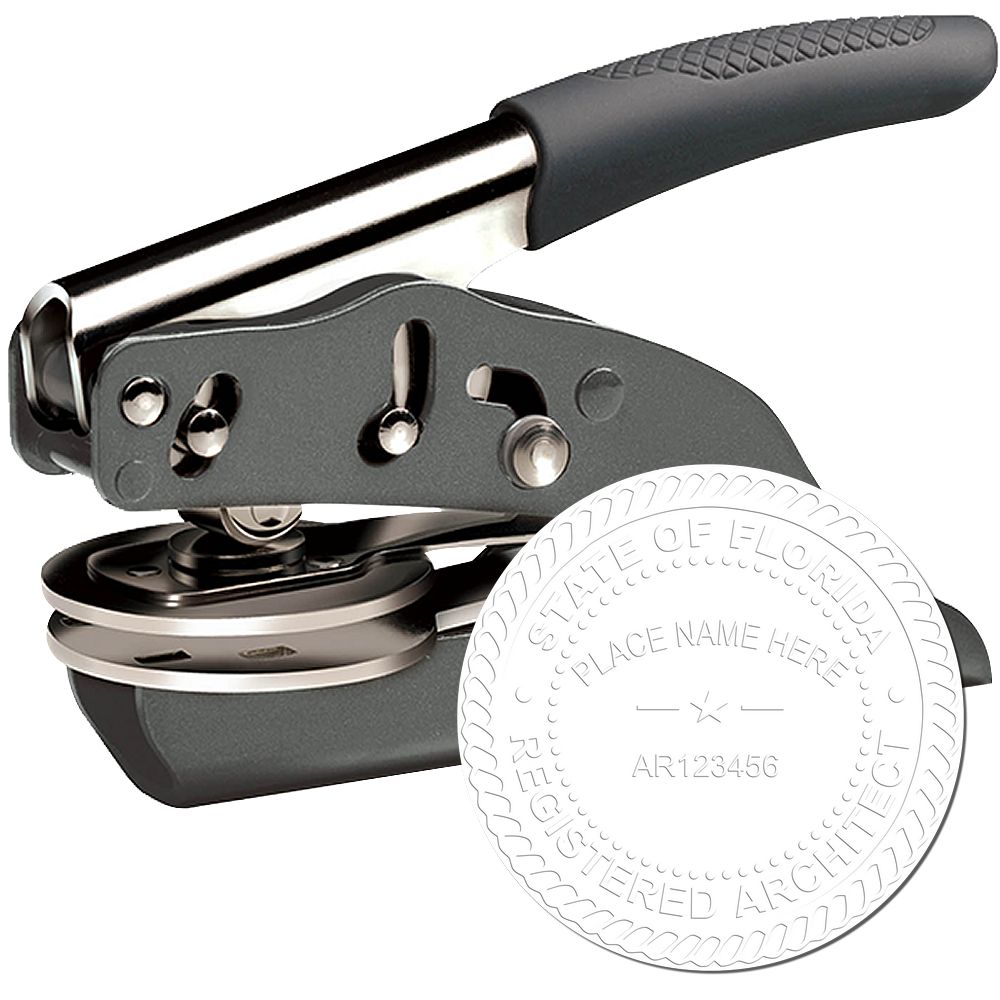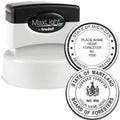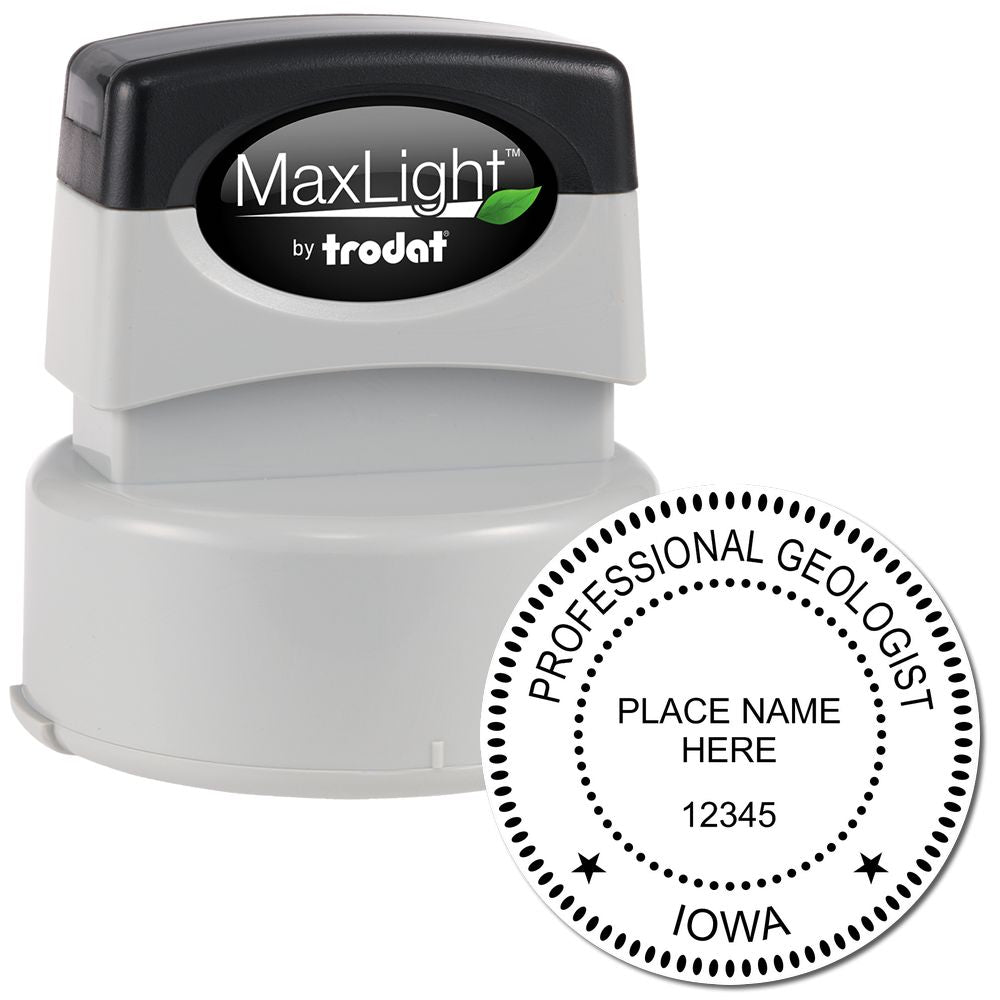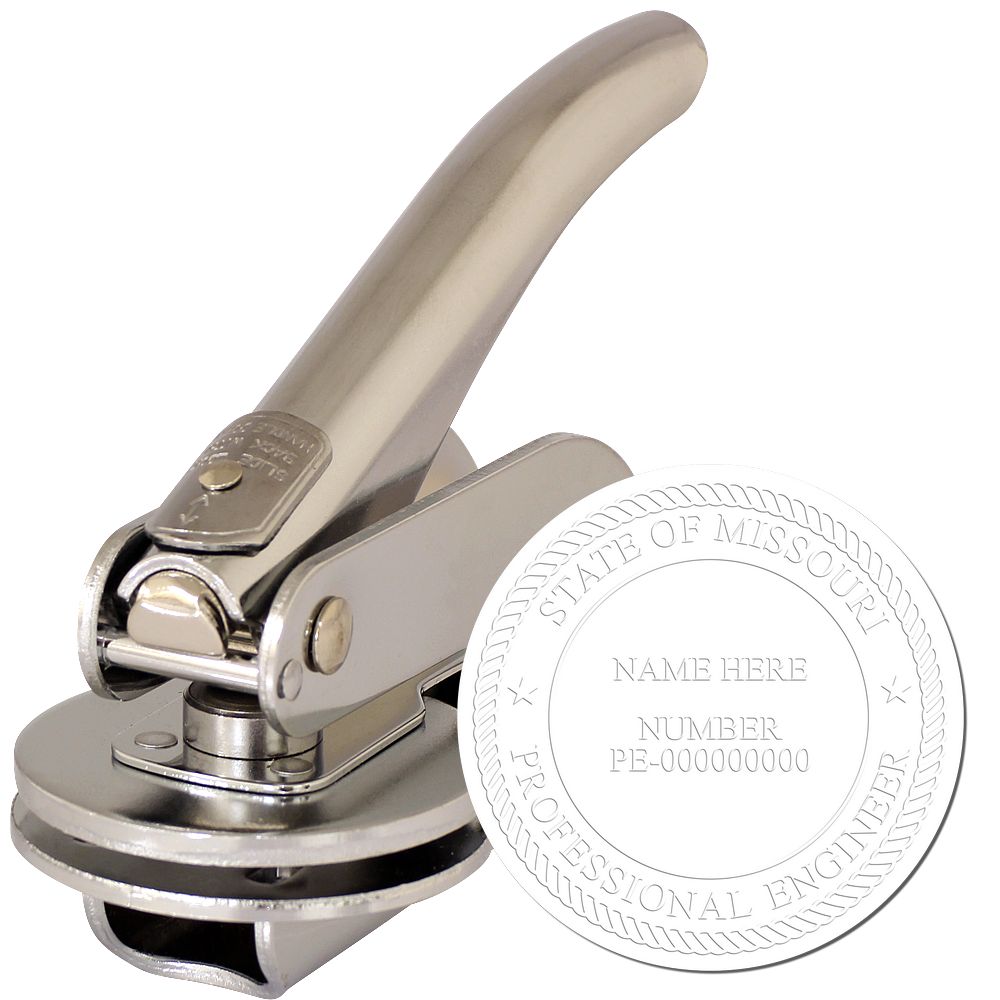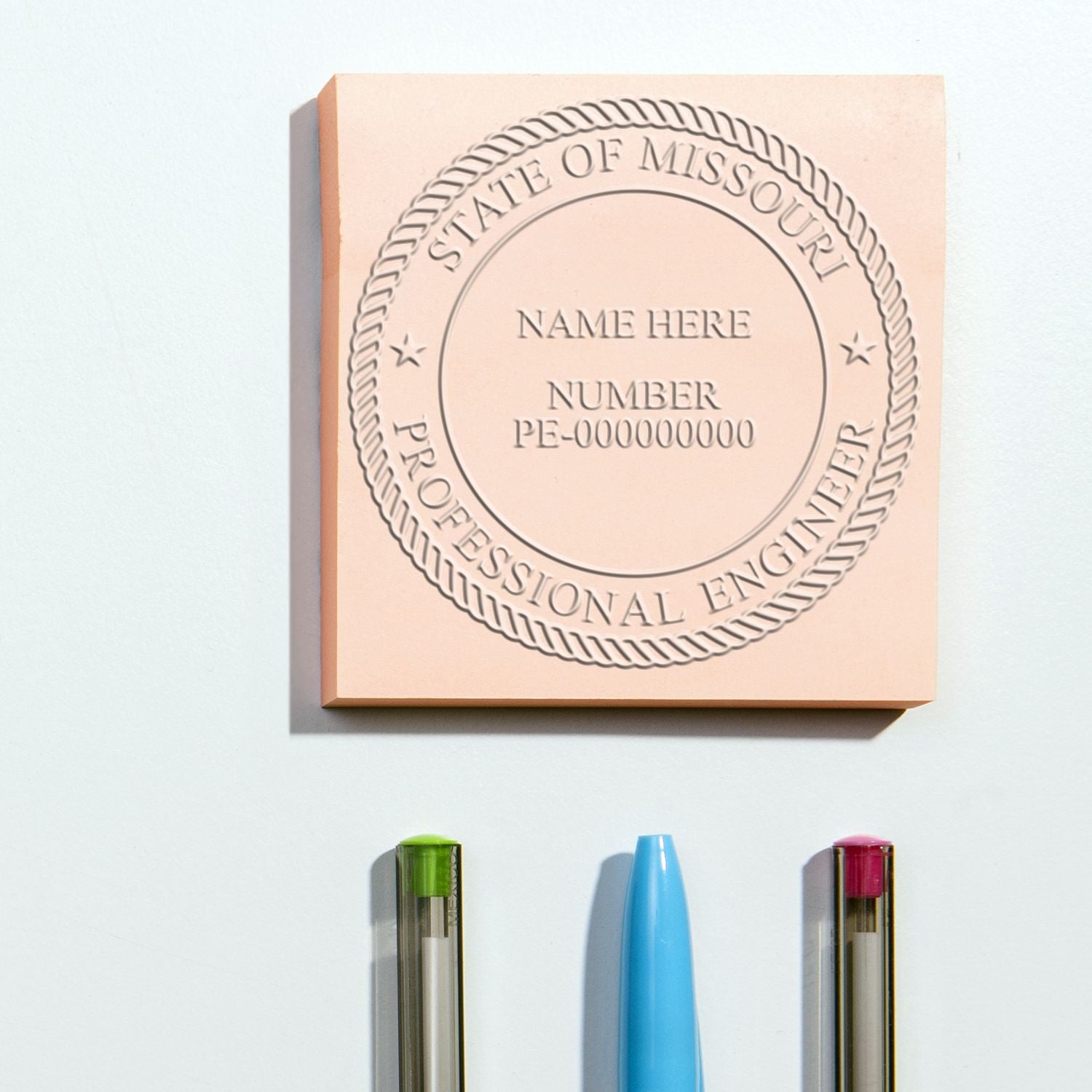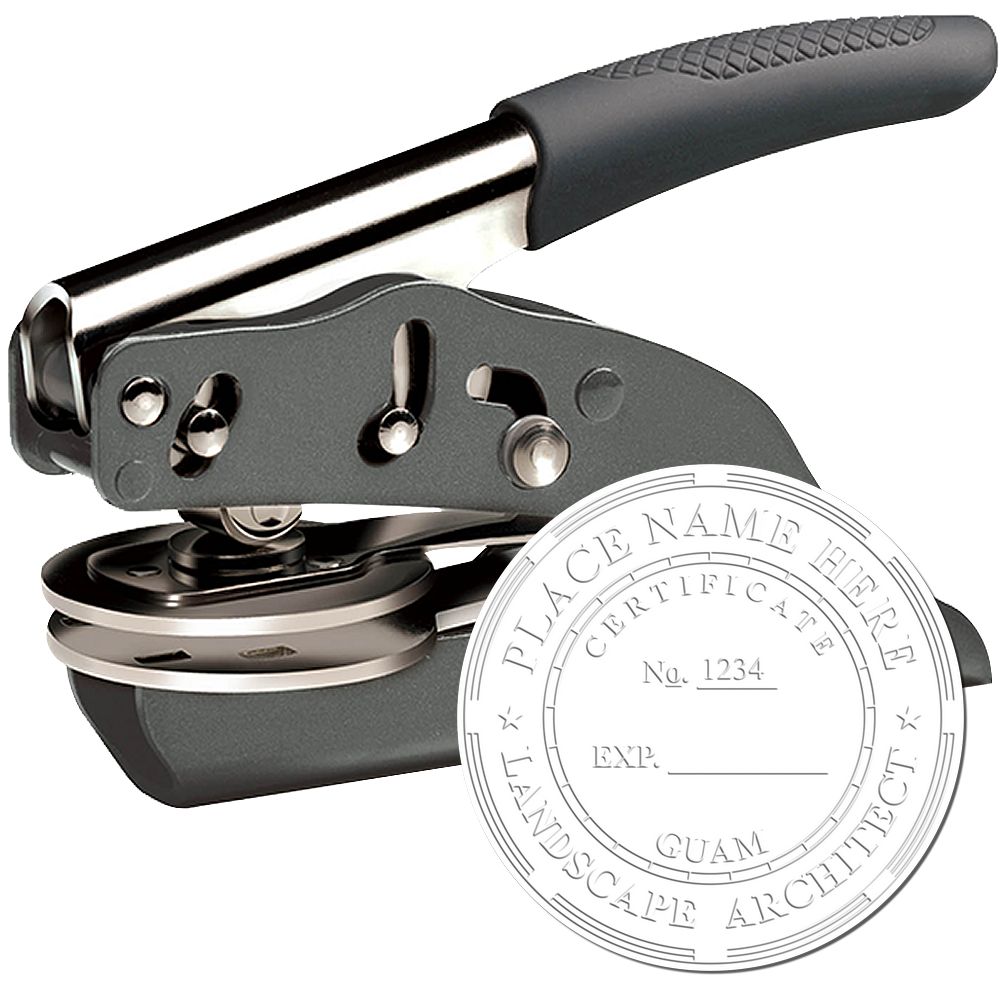Understanding Florida Architect Seals
Architect seals play a crucial role in the architectural profession, serving as a mark of authenticity and professionalism. In the state of Florida, architect seals are subject to specific requirements that architects must adhere to. Let's delve into the importance of architect seals and provide an overview of the Florida architect seal requirements.
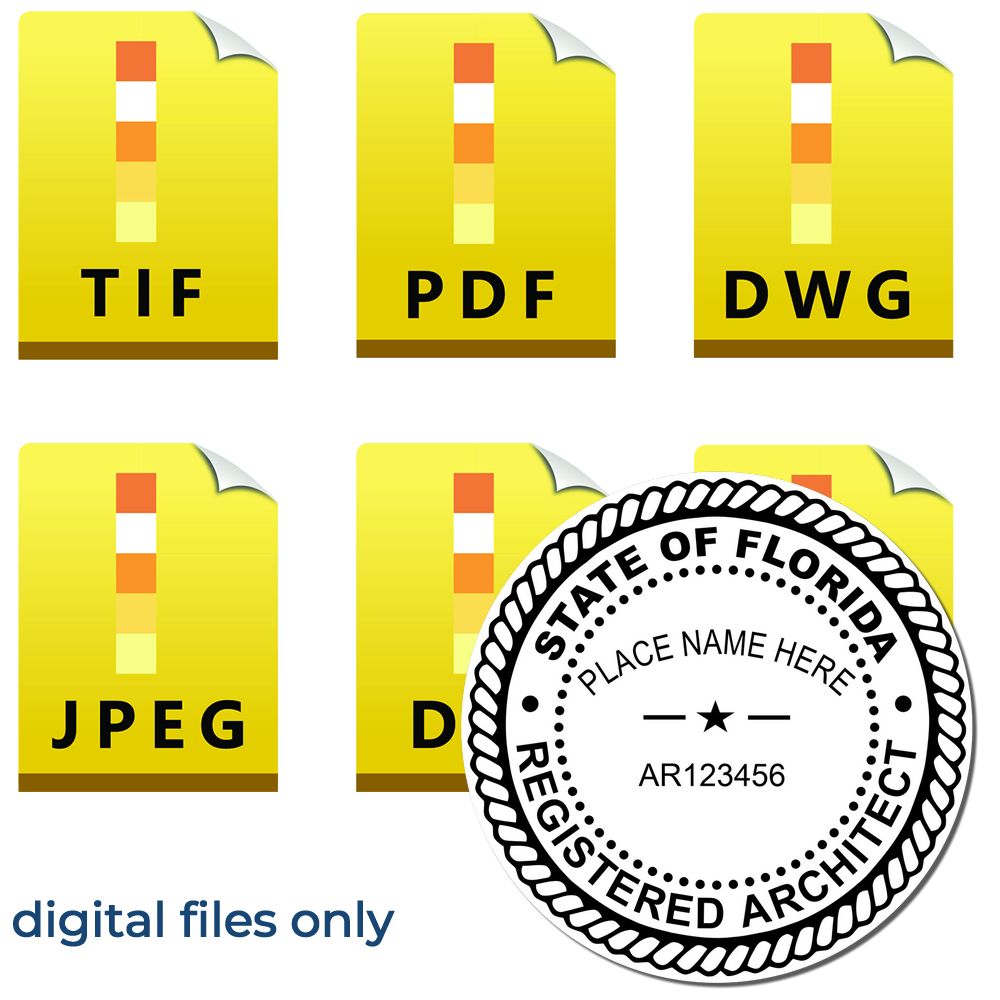
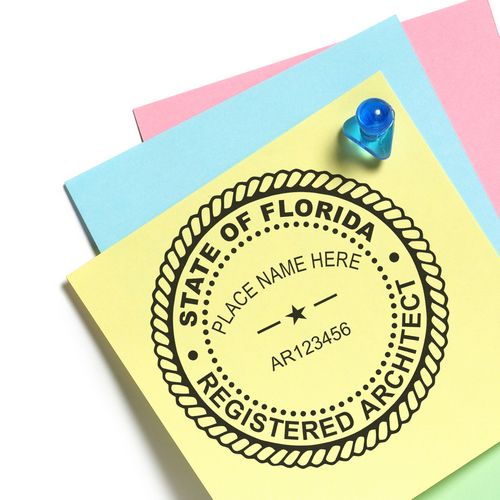
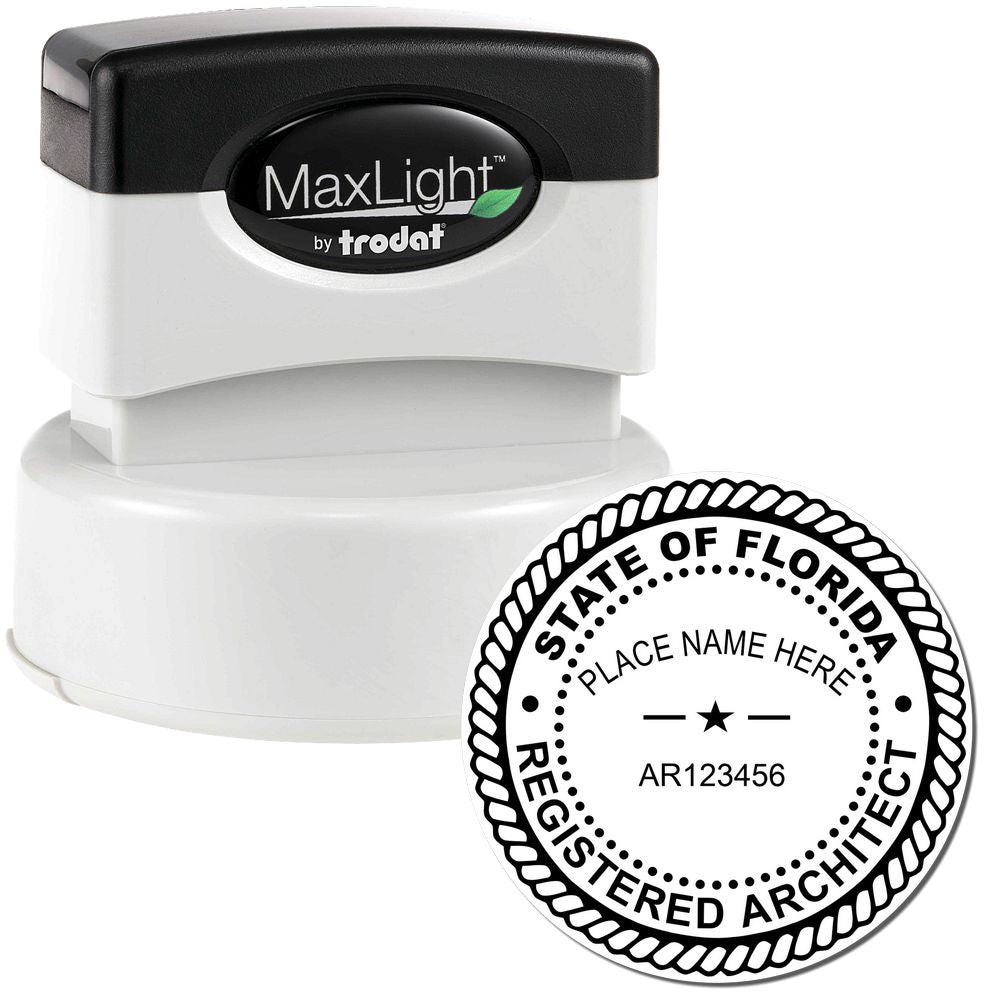
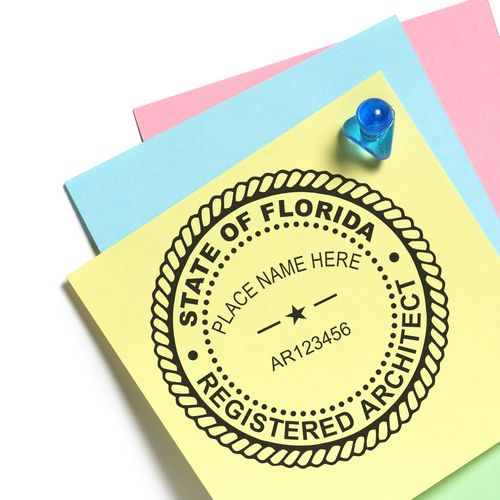
The Importance of Architect Seals
Architect seals hold significant importance as they signify that a project has been designed, reviewed, and approved by a licensed architect. These seals serve as a visual representation of an architect's expertise and responsibility for the structures they design. Additionally, architect seals provide assurance to clients, regulatory bodies, and the general public that the architectural plans and documents are accurate and compliant with relevant regulations.
Architect seals are required for various purposes, including building permits, construction bids, and legal documents. Without a valid architect seal, these documents may be considered incomplete or invalid, potentially causing delays or legal complications. It is essential for architects practicing in Florida to understand and meet the specific requirements for architect seals in the state.
Overview of Florida Architect Seal Requirements
Florida has established specific guidelines and requirements for architect seals. These requirements ensure consistency and uniformity in the design and information presented on the seal.
It is crucial for architects to obtain and utilize a valid architect seal that complies with the Florida requirements. This ensures that their architectural plans, documents, and professional certifications are properly authenticated. For more information on Florida architect seals and the licensing requirements for architects in the state, refer to our articles on Florida architect seals, Florida architect licensing, and Florida architect certification.
Understanding the importance and requirements of architect seals is essential for architects practicing in Florida. By complying with these regulations, architects can demonstrate their professionalism and commitment to upholding the highest standards in the architectural field.
Architect Seal Design
When it comes to architect seals, it's important to adhere to the specific design requirements set forth by the state of Florida. These requirements ensure consistency and professionalism in the field of architecture. In this section, we will discuss the size and shape requirements as well as the required information that must be included on the seal.
Size and Shape Requirements
The Florida Board of Architecture and Interior Design has established guidelines for the size and shape of architect seals. These guidelines help maintain uniformity and make it easier to identify a valid architect seal. The standard size for an architect seal in Florida is 1 ½ inches in diameter. This ensures that the seal is legible but not overly large. The shape of the seal must be circular, with no deviations from this requirement. For more detailed information on the size requirements, refer to our article on Florida architect seal size.
Required Information on the Seal
In addition to the size and shape requirements, a Florida architect seal must contain specific information to be considered valid. The following information is required to be included on the seal:
- The architect's full name: The seal should display the architect's full name, including their first name, middle initial (if applicable), and last name. This ensures proper identification of the architect.
- The words "Registered Architect" or "Architect": The seal must clearly indicate the architect's professional title. This helps distinguish architects from other professionals in the field.
- The architect's registration or license number: The seal should prominently feature the architect's registration or license number. This unique identifier helps verify the architect's credentials and ensures accountability.
- The words "State of Florida": To indicate the jurisdiction under which the architect is registered, the words "State of Florida" should be included on the seal. This further establishes the architect's authority to practice in the state.
By adhering to the size and shape requirements and including the necessary information on the architect seal, architects in Florida can ensure that their seals are in compliance with state regulations. It's important to note that any deviations from these requirements may render the seal invalid. For more information on Florida architect seals and the overall certification process, refer to our article on Florida architect seals.
In the next section, we will explore the process of obtaining a Florida architect seal, including the educational and professional requirements as well as the application process and fees involved.
Obtaining a Florida Architect Seal
To legally practice as an architect in Florida, it is essential to obtain a Florida Architect Seal. This section will outline the educational and professional requirements as well as the application process and fees involved in obtaining a Florida Architect Seal.
Educational and Professional Requirements
Before applying for a Florida Architect Seal, individuals must meet specific educational and professional requirements. These requirements include:
-
Education: The individual must have graduated from a National Architectural Accrediting Board (NAAB) accredited program or hold an equivalent degree recognized by the Florida Board of Architecture and Interior Design.
-
Experience: The applicant must complete a minimum of 5 years of architectural experience, acquired either through an internship program or employment under the supervision of a licensed architect. The experience should cover a range of architectural tasks and responsibilities.
-
Examination: Passing the Architect Registration Examination (ARE) is a crucial requirement. This exam assesses the candidate's knowledge and competency in various areas of architecture.
For more detailed information on the educational and professional requirements for becoming a licensed architect in Florida, refer to our article on Florida Architect Licensing.
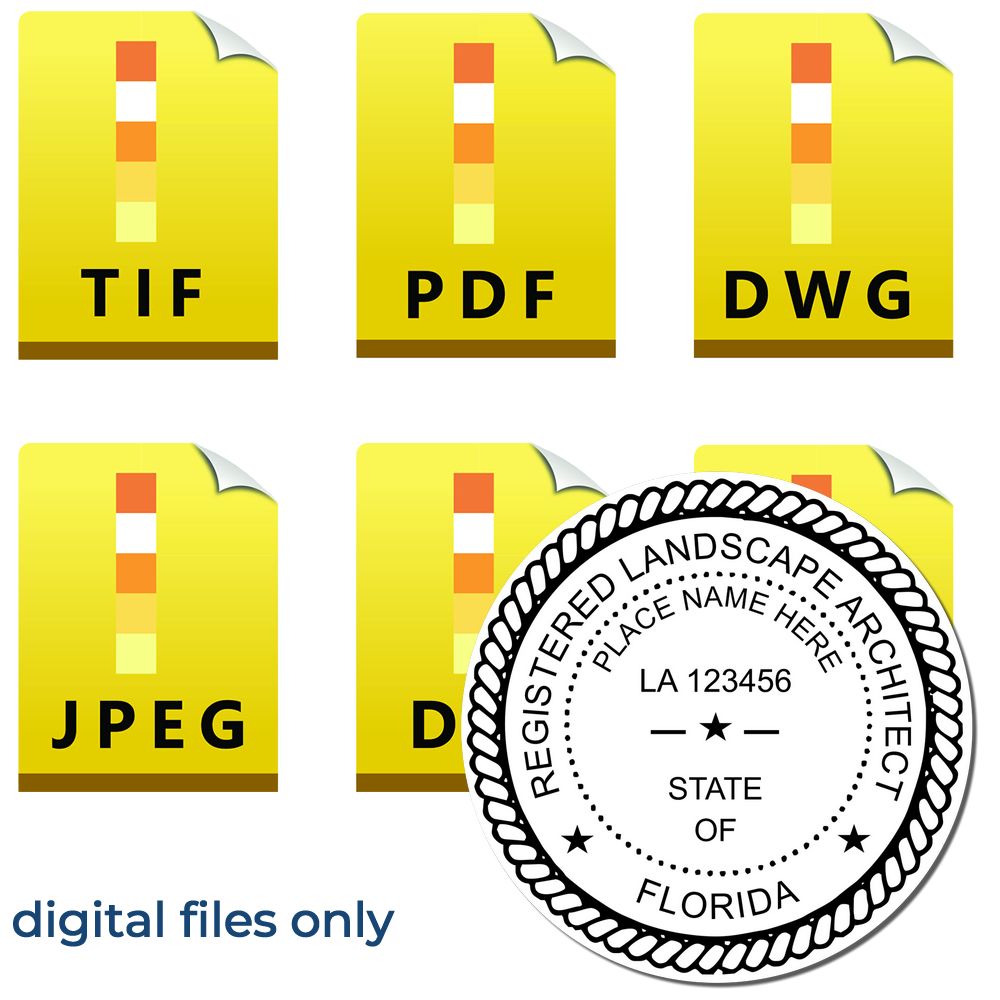
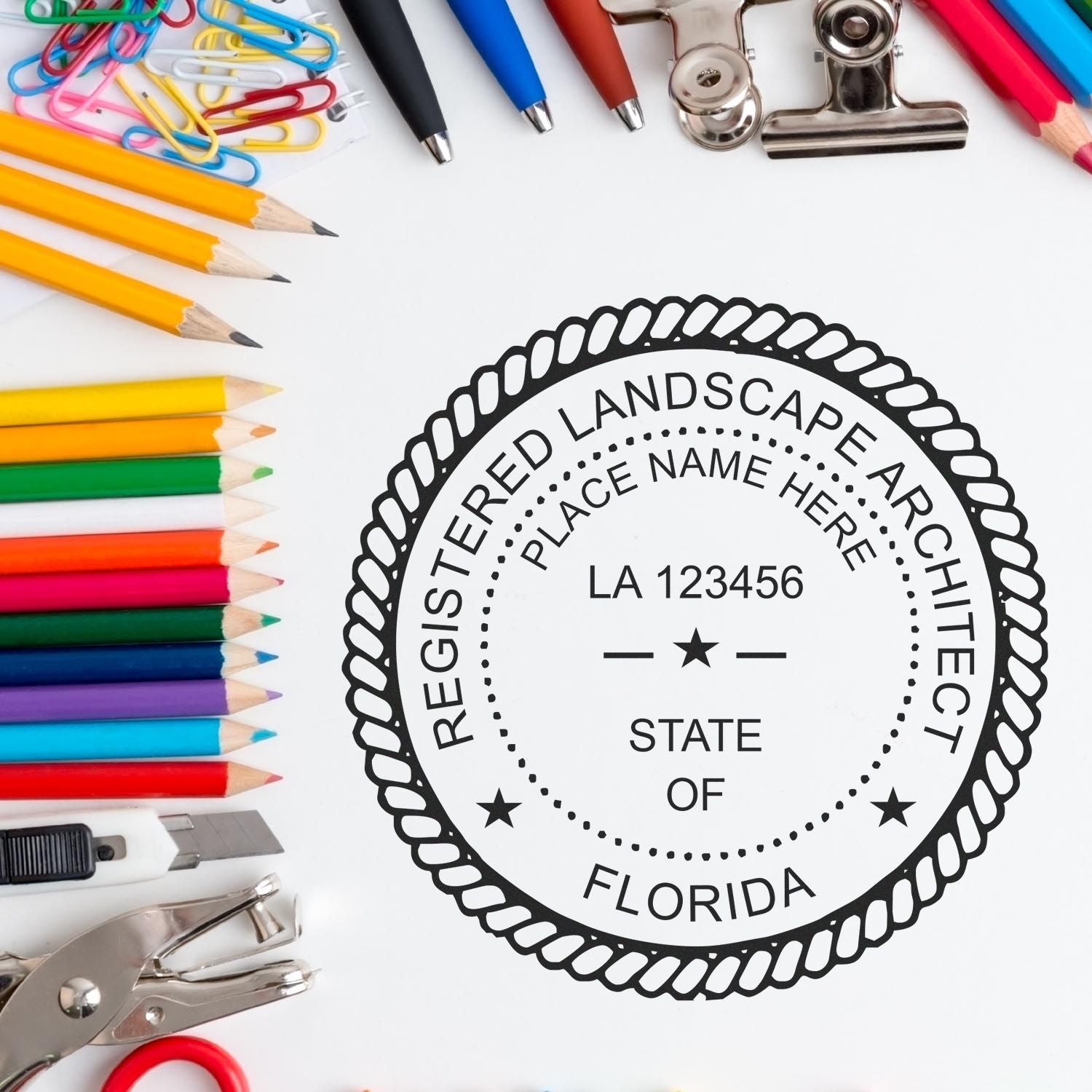
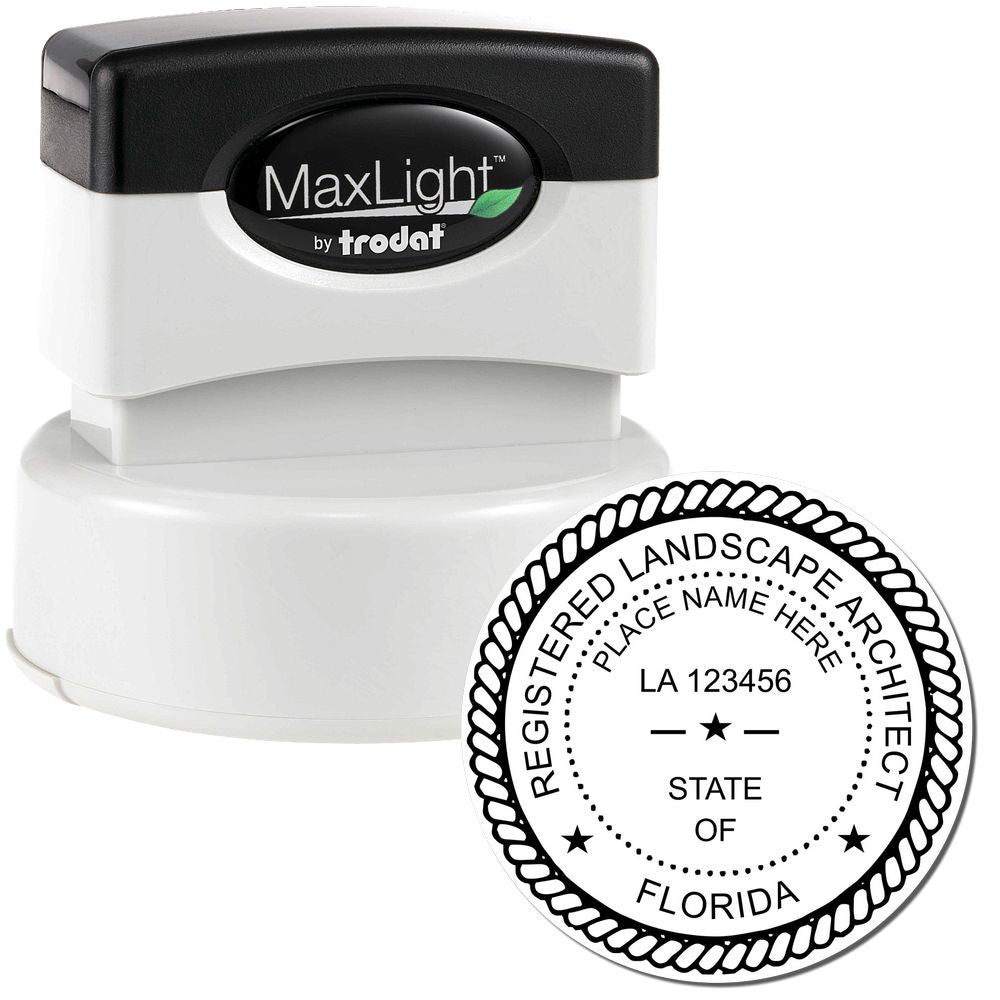
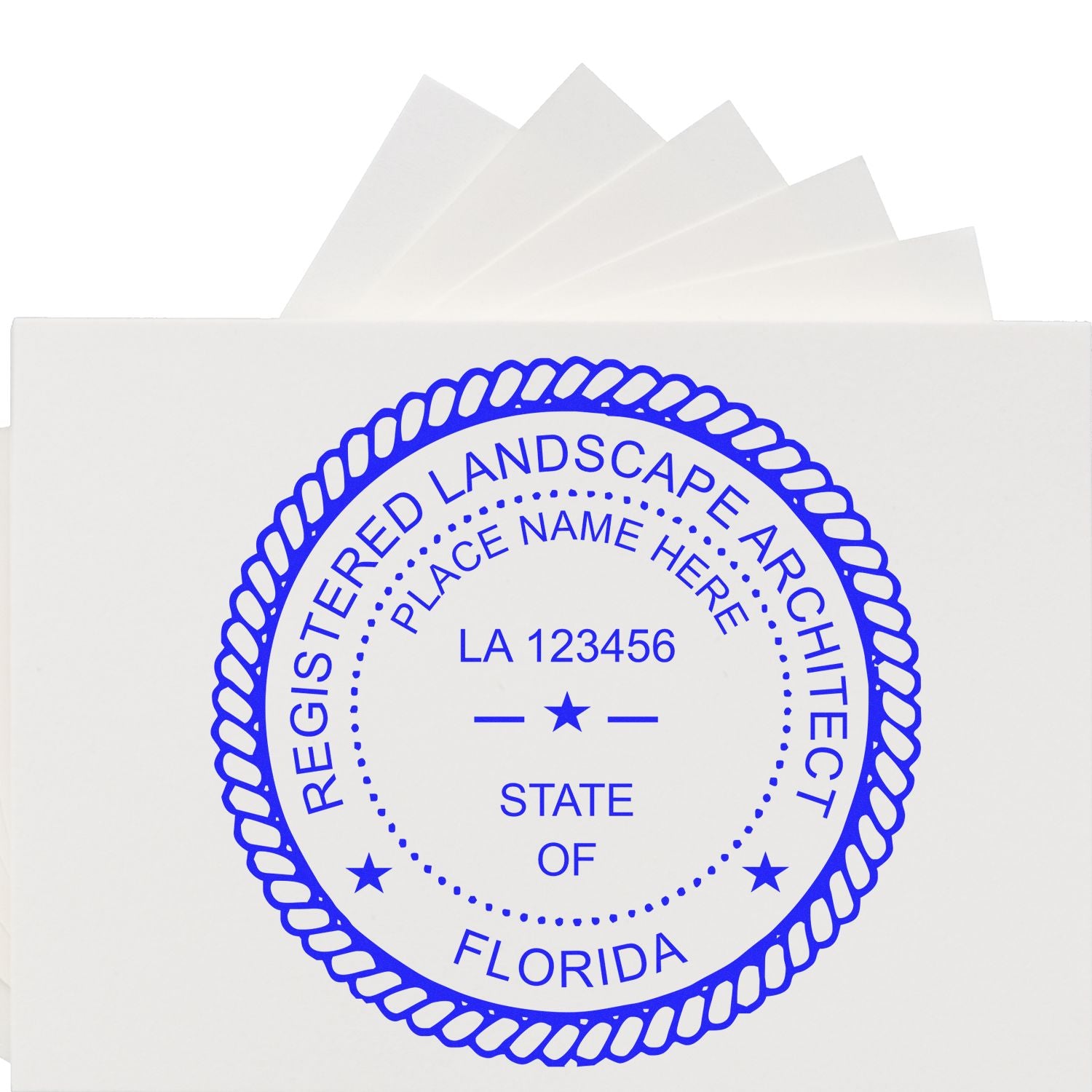
Application Process and Fees
Once the educational and professional requirements have been met, individuals can proceed with the application process for a Florida Architect Seal. The application process includes the following steps:
- Complete the Application: Submit a completed application form provided by the Florida Board of Architecture and Interior Design. The application form requires personal information, educational details, and documentation of professional experience.
- Submit Supporting Documents: Along with the application form, applicants must submit supporting documents, including official transcripts from the educational institution, proof of passing the ARE, and verification of professional experience.
- Pay the Application Fee: A non-refundable application fee is required when submitting the application. The fee amount may vary, so it's important to check with the Florida Board of Architecture and Interior Design for the current fee structure.
- Await Application Review: The submitted application and supporting documents will undergo a thorough review by the Florida Board of Architecture and Interior Design. This process may take several weeks to complete, and additional information or clarification may be requested during the review.
- Receive the Florida Architect Seal: Once the application has been approved, the applicant will receive their Florida Architect Seal. This seal is an official representation of their registration as an architect in the state of Florida. To learn more about the different options available for Florida Architect Seals, refer to our article on Florida Architect Seals.
It's important to note that the application process may have additional requirements or steps that are subject to change. For the most accurate and up-to-date information, it is recommended to visit the official website of the Florida Board of Architecture and Interior Design.
By fulfilling the educational and professional requirements and navigating the application process, aspiring architects can obtain their Florida Architect Seal and embark on a fulfilling career in architecture.
Alternatives to Traditional Seals
While traditional architect seals are widely used and accepted, there are also alternative options available for architects in Florida. These alternatives offer convenience, efficiency, and flexibility in the digital age. Two popular alternatives to traditional seals are electronic seals and digital signatures.
Electronic Seals
An electronic seal, also known as an e-seal, is a digital representation of the traditional architect seal. It is typically created using specialized software or applications. Electronic seals allow architects to affix their seal to digital documents, eliminating the need for physical stamps and paperwork.
One of the main advantages of electronic seals is their ease of use. Architects can create and apply their seals digitally, saving valuable time and effort. Electronic seals also provide a higher level of security as they are often encrypted, making it difficult to tamper with or replicate.
To ensure the authenticity and integrity of electronic seals, architects must use secure and reputable software or applications that comply with the requirements set by the Florida Board of Architecture and Interior Design. It's important to stay informed about the specific guidelines and regulations related to electronic seals. For more information on specific Florida requirements for electronic seals, consult our article on Florida architect seals.
Digital Signatures
Digital signatures are another alternative to traditional architect seals. They provide a secure and legally binding method of signing digital documents. A digital signature is created using cryptographic technology, which verifies the authenticity and integrity of the signed document.
Architects can use digital signatures to sign and seal their digital documents, eliminating the need for physical seals and paperwork. Digital signatures offer convenience, as they can be applied to documents electronically, reducing the time and resources involved in the traditional manual signing process.
When using digital signatures, architects must adhere to the guidelines and regulations set by the Florida Board of Architecture and Interior Design. It's important to use reputable digital signature software or platforms that comply with the necessary security and authentication standards.
By exploring alternative options such as electronic seals and digital signatures, architects in Florida can take advantage of the convenience and efficiency offered by digital technologies. It's important to stay up to date with the specific requirements and guidelines set by the governing board to ensure compliance when using these alternatives. For more information on Florida architect seal size and other requirements, refer to our article on Florida architect seal size.
Maintaining Compliance
Once you have obtained your Florida architect seal, it is important to stay in compliance with the state requirements to ensure the validity and integrity of your architectural work. This involves meeting the renewal and continuing education requirements and adhering to the rules and regulations set forth by the Florida Board of Architecture and Interior Design.
Renewal and Continuing Education Requirements
To maintain an active architect seal in Florida, architects are required to renew their seal periodically. The renewal process typically occurs every two years, and architects must submit the renewal application along with the required fees. It is crucial to submit the renewal application before the expiration date to avoid any lapses in licensure.
In addition to the renewal process, architects must fulfill continuing education requirements. The state of Florida mandates that architects complete a certain number of continuing education hours during each renewal cycle. The specific requirements may vary, so it is important to stay up to date with the latest guidelines. Continuing education courses can cover a wide range of topics related to architecture and may include subjects such as building codes, sustainable design, and emerging technologies. These courses help architects stay current with industry trends and advancements, ensuring that their knowledge and skills are up to date.
Rules and Regulations to Follow
To maintain compliance with Florida architect seal requirements, architects must adhere to certain rules and regulations. These regulations are set by the Florida Board of Architecture and Interior Design and are designed to protect the public and uphold professional standards. Some important rules and regulations include:
- Code of Conduct: Architects are expected to adhere to a code of conduct that promotes ethical behavior, integrity, and professionalism in their practice.
- Professional Liability Insurance: Architects may be required to carry professional liability insurance to protect themselves and their clients in the event of errors or omissions.
- Record Keeping: Architects must maintain accurate records of their professional activities, including project documentation, contracts, and correspondence, for a specified period of time.
By understanding and abiding by these rules and regulations, architects can ensure that they are operating within the legal and ethical boundaries of their profession.
Maintaining compliance with Florida architect seal requirements is essential for architects who want to continue practicing in the state. By staying up to date with renewal deadlines, completing the necessary continuing education hours, and following the rules and regulations set forth by the Florida Board of Architecture and Interior Design, architects can ensure that their architectural work remains valid and in accordance with the state's standards. For more information on obtaining your Florida architect seal, be sure to check out our article on florida architect seals.
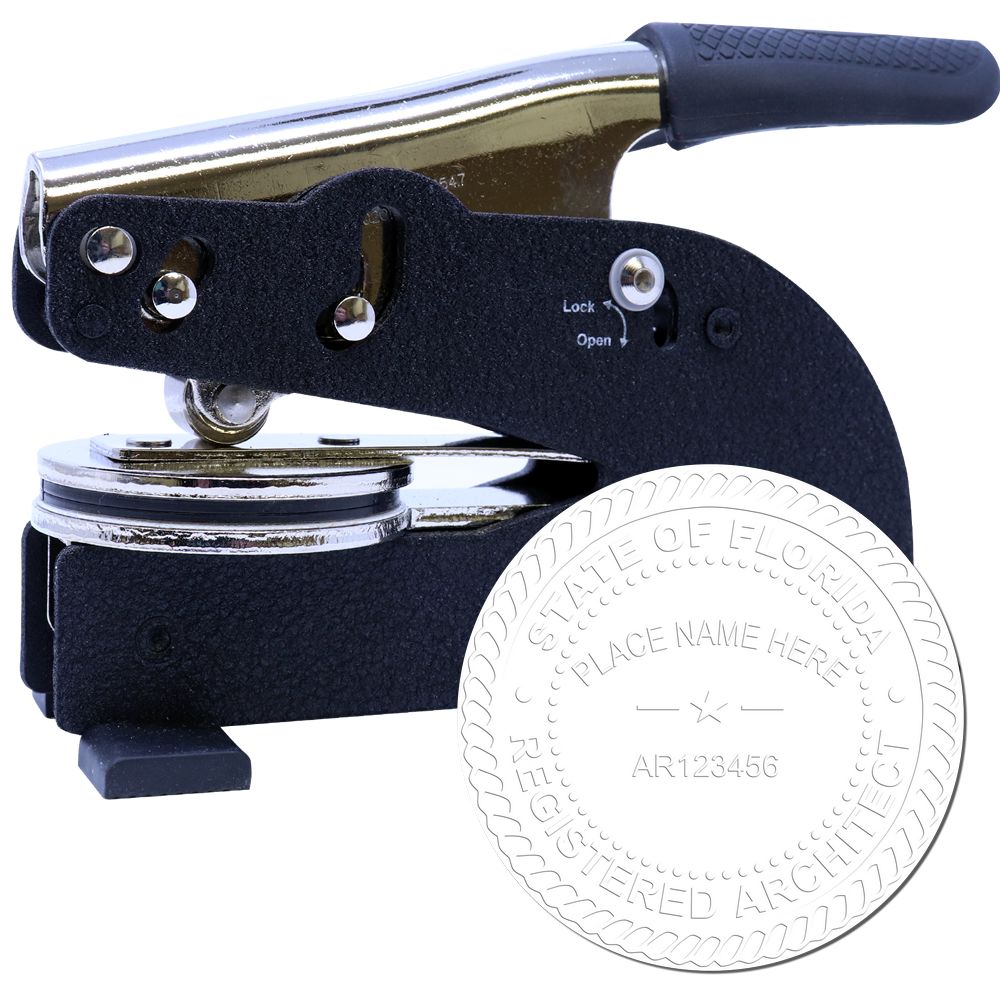

About ESS
At Engineer Seal Stamps (ESS), we take pride in being the leading makers of custom rubber stamps, professional seals, and notary stamps in the industry. Our commitment to delivering stellar customer service is backed by a state board guarantee on all our products. Whether you're an engineer, architect, or surveyor in need of a seal, we've got you covered.
Our stamps are crafted with the highest quality materials, ensuring durability and accuracy with every impression. Our team of skilled technicians and designers work tirelessly to create custom stamps that meet your unique needs. With over a decade of experience in the industry, our reputation for excellence in stamp making is unparalleled. We offer a wide range of products, from traditional pre-inked rubber stamps to modern digital seals. We understand the importance of having the right seal for your profession, which is why we offer customization options such as logo, signature, and text engraving. Our stamps are also available in different sizes and ink colors to fit your preferences.
What sets ESS apart is our unwavering commitment to customer satisfaction. From initial consultation to final delivery, our team is with you every step of the way. We understand that a reliable seal is essential to your work, which is why we offer a fast turnaround time and free shipping on all our products for orders over $75. Choose ESS for all your stamping needs and experience the difference that quality and exceptional customer service can make.

